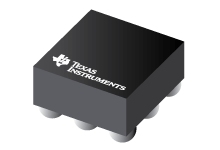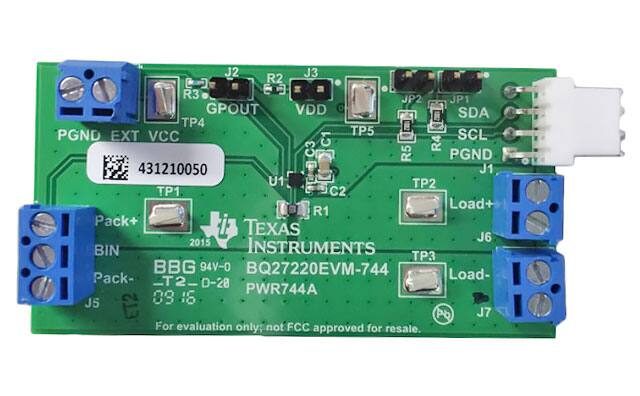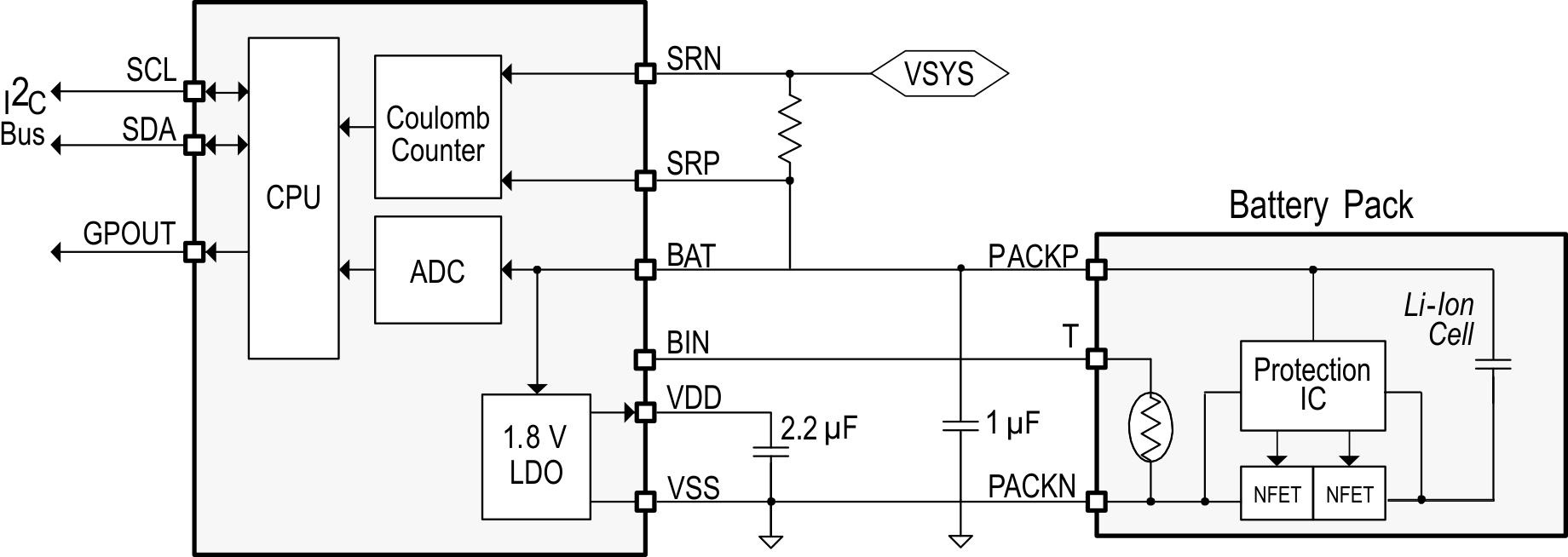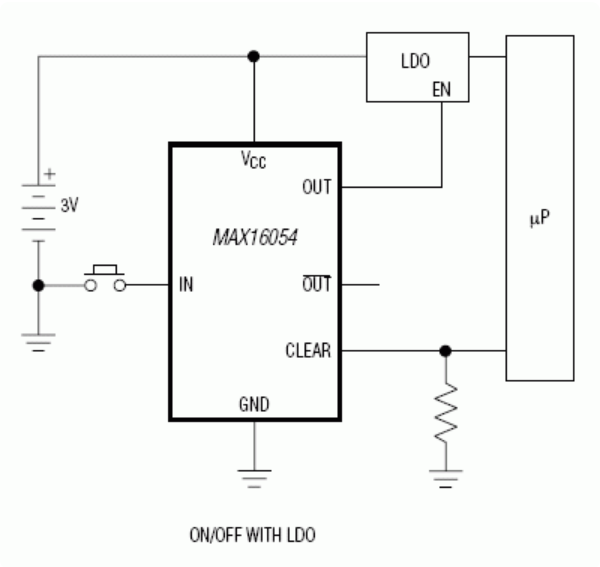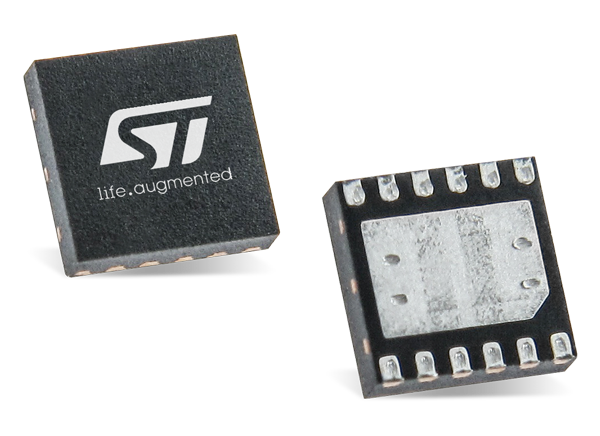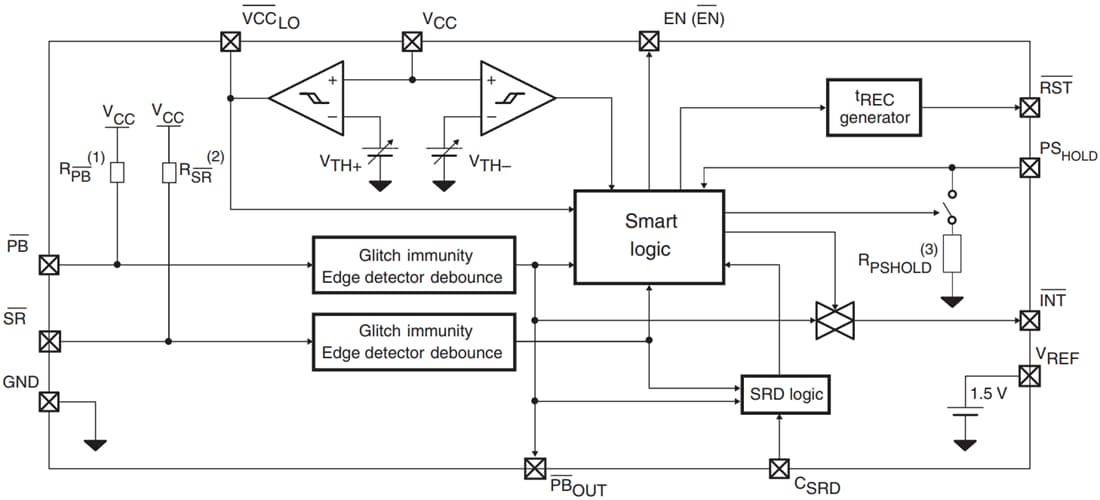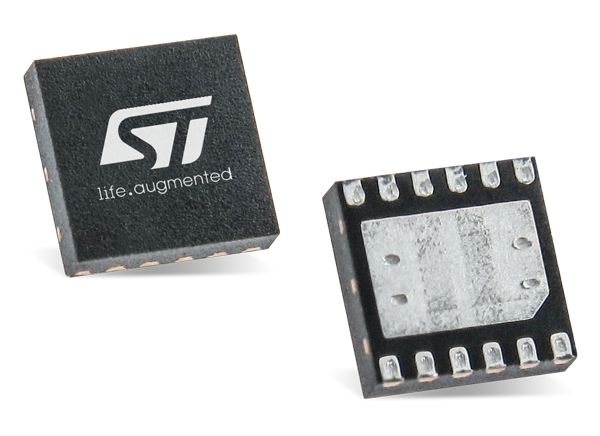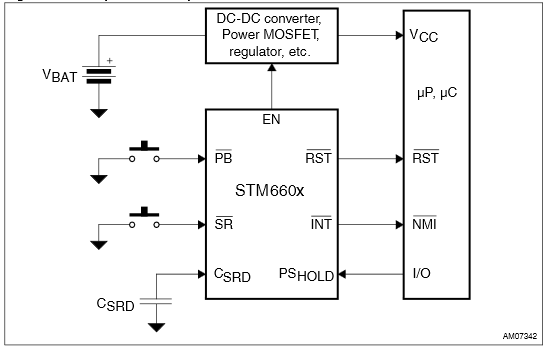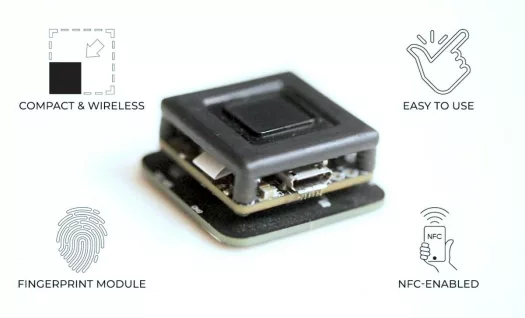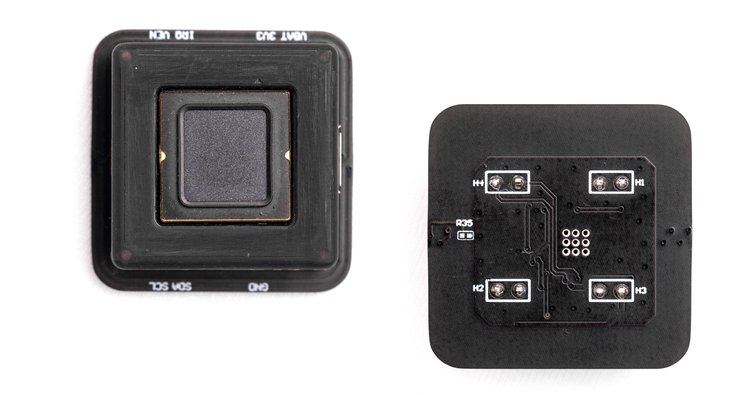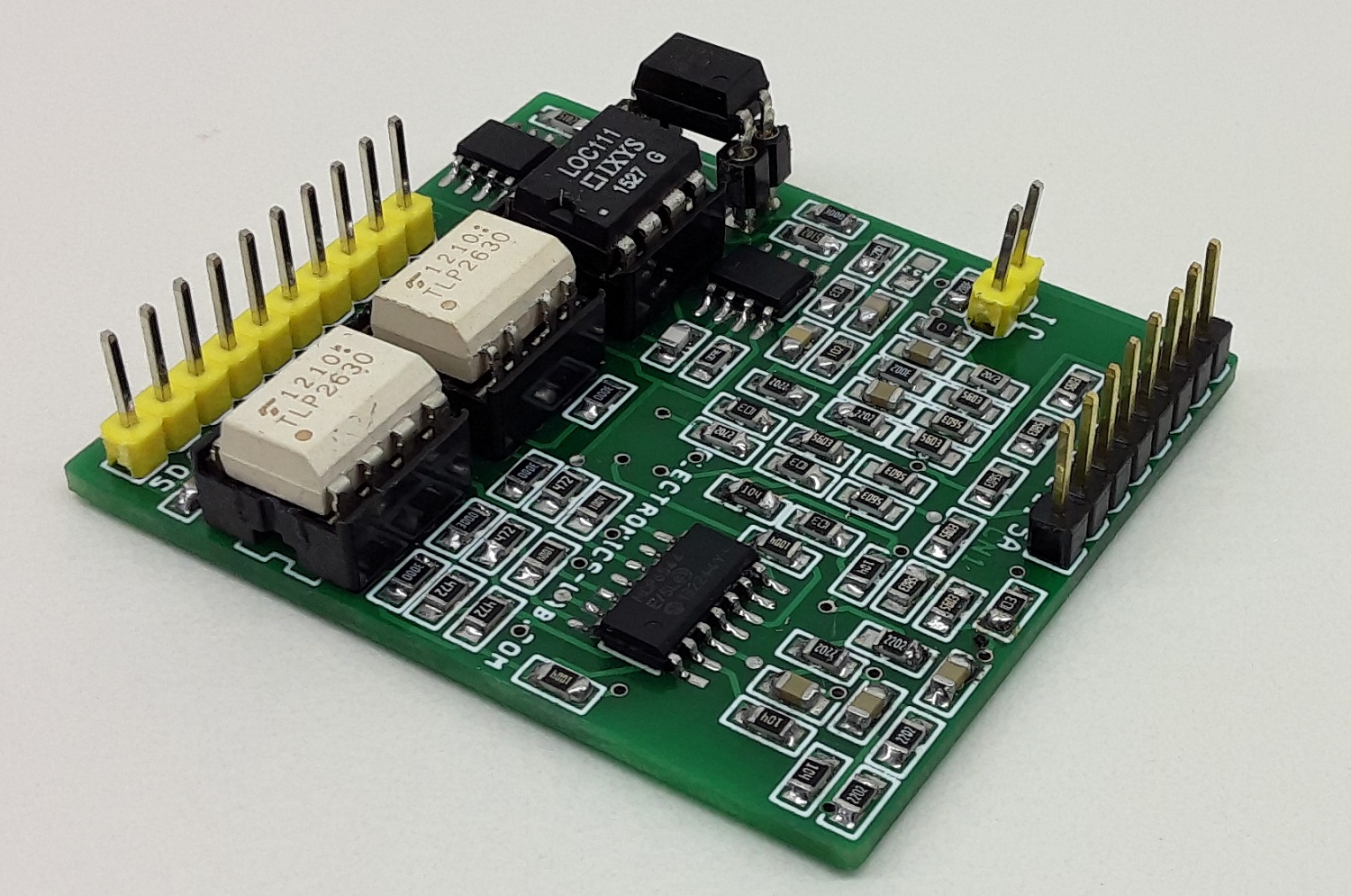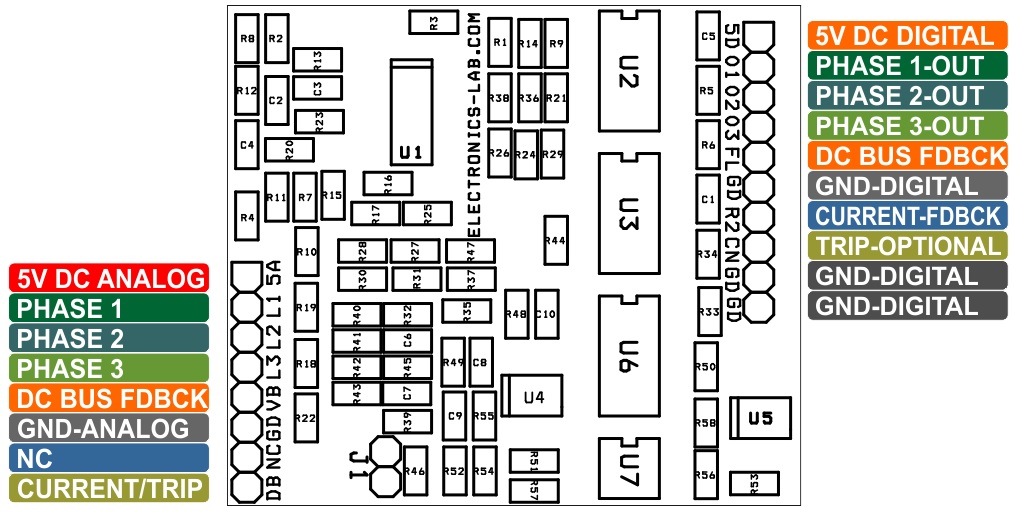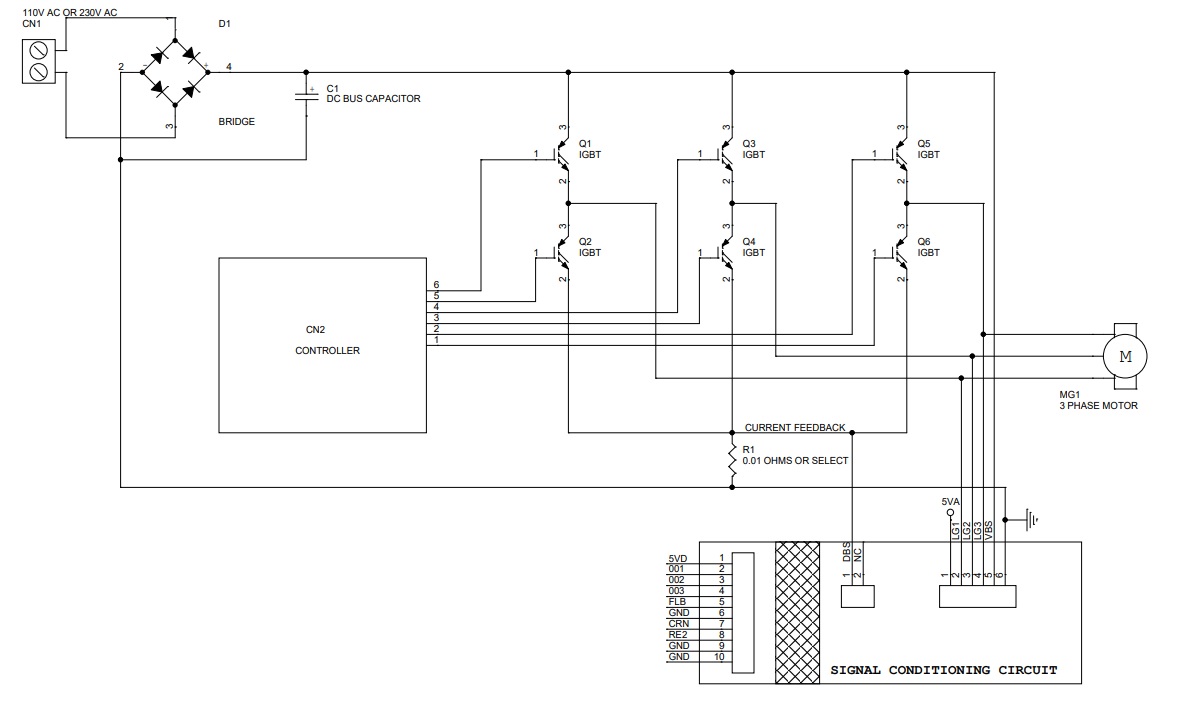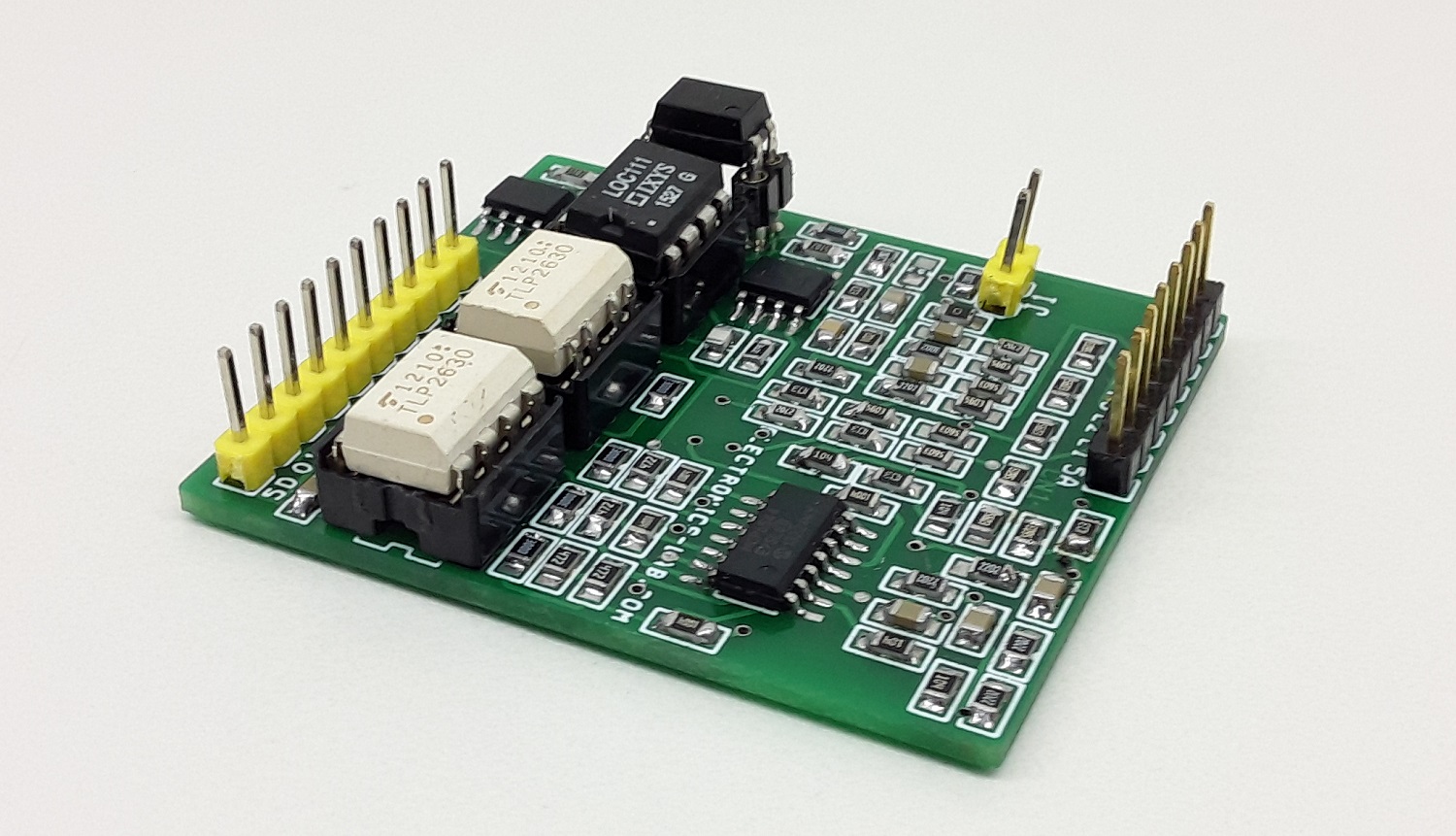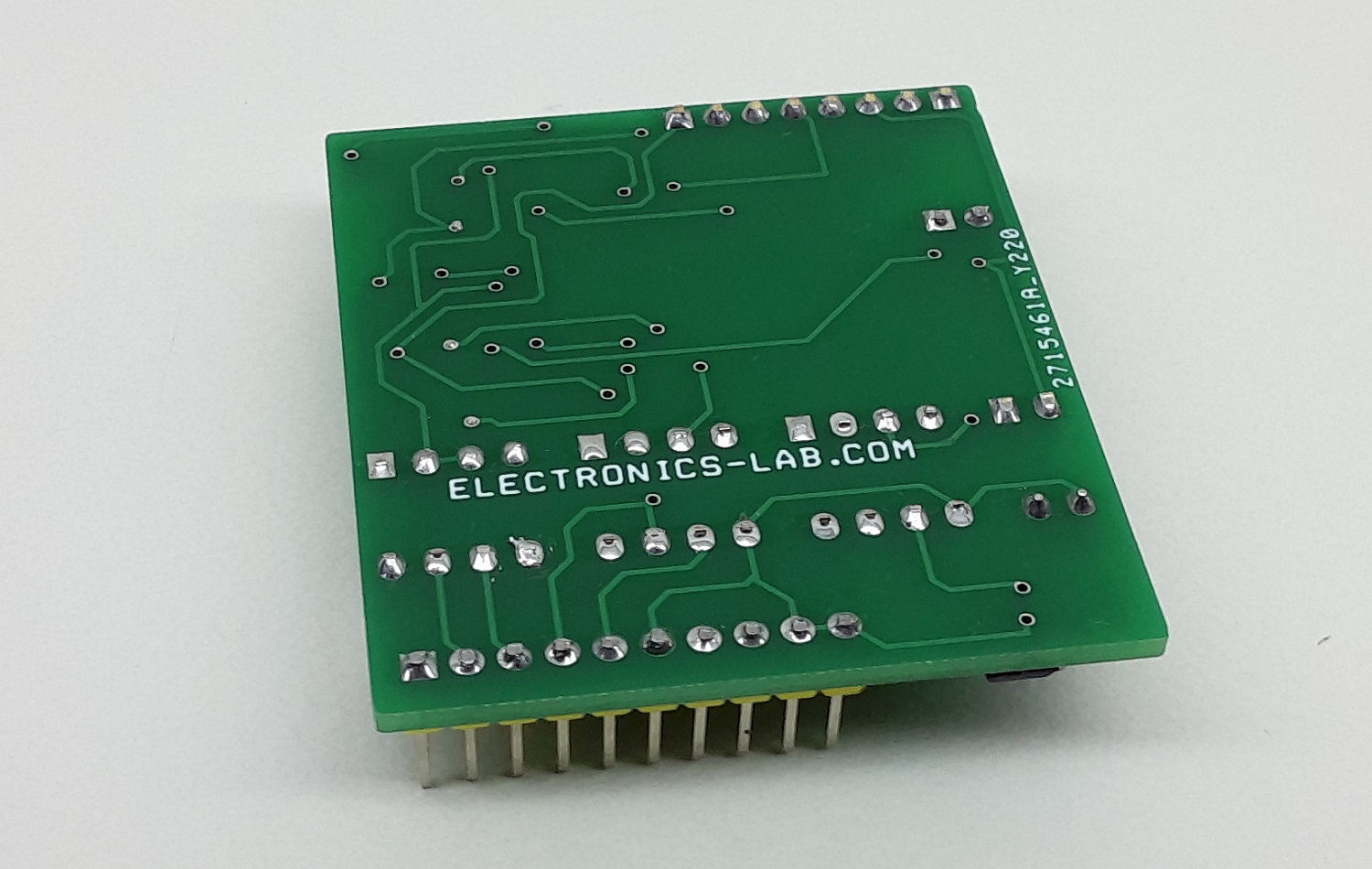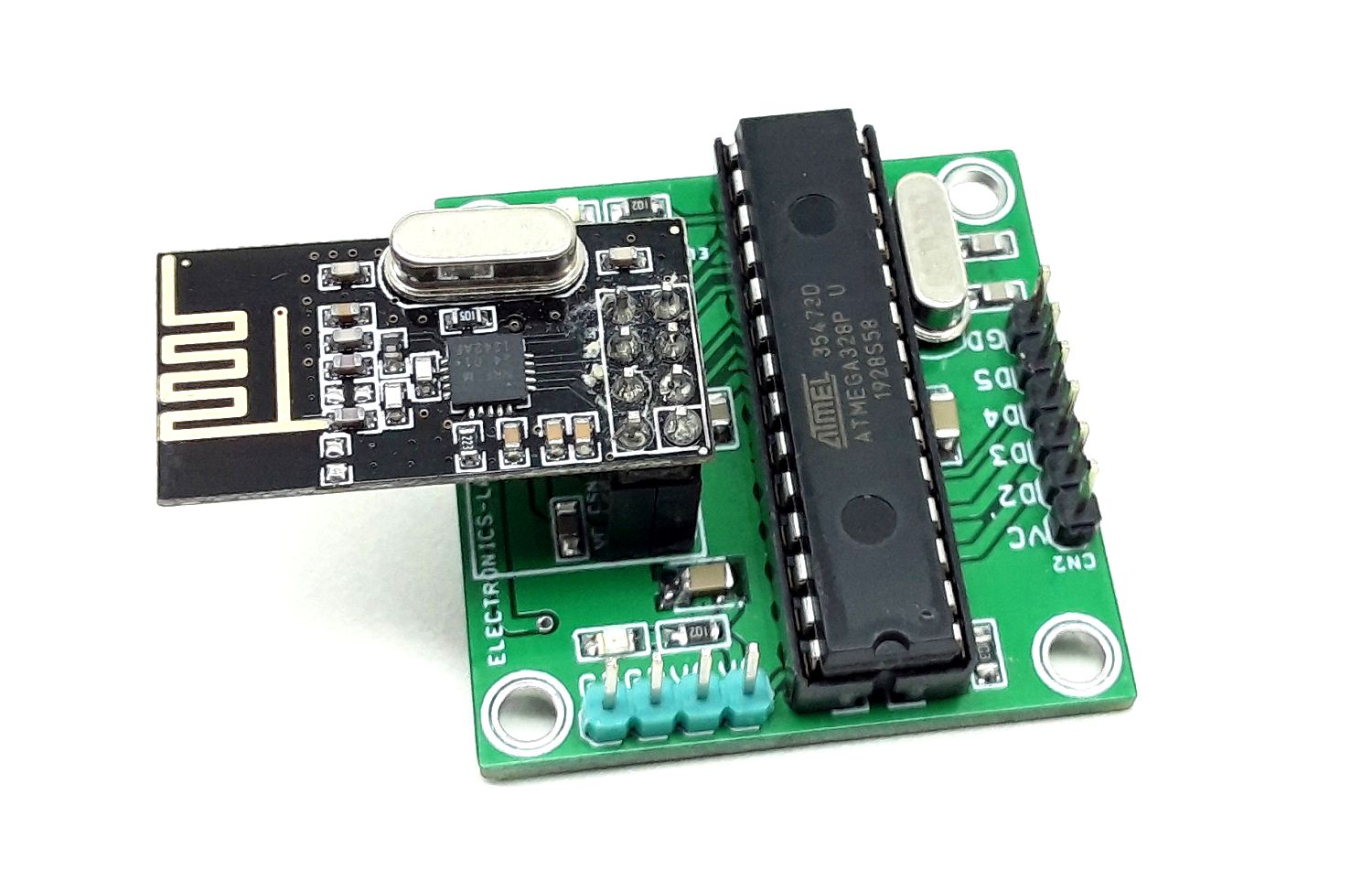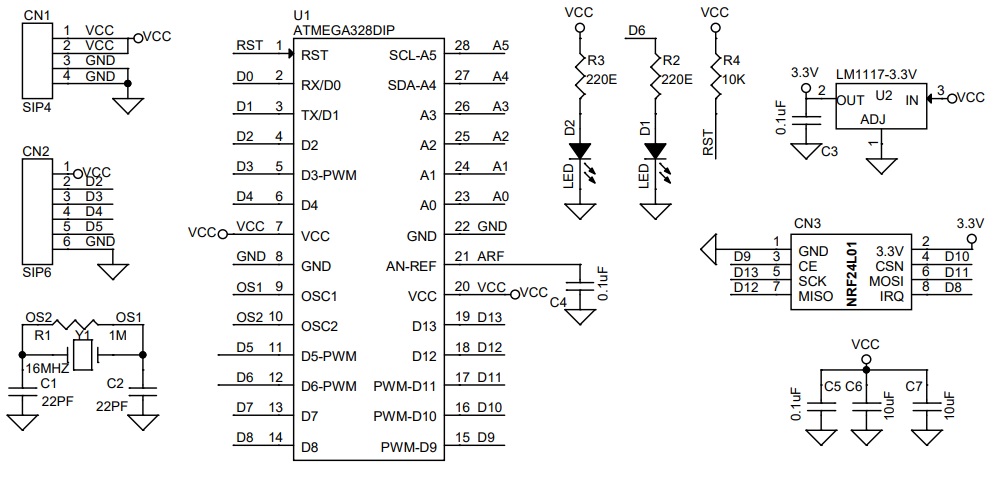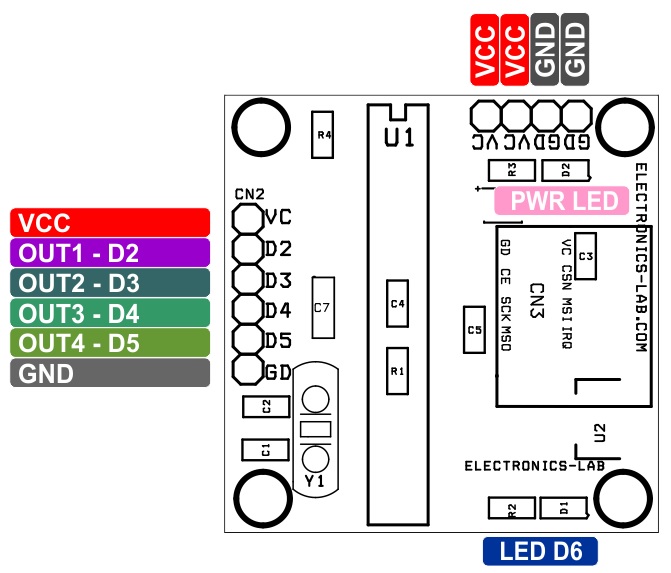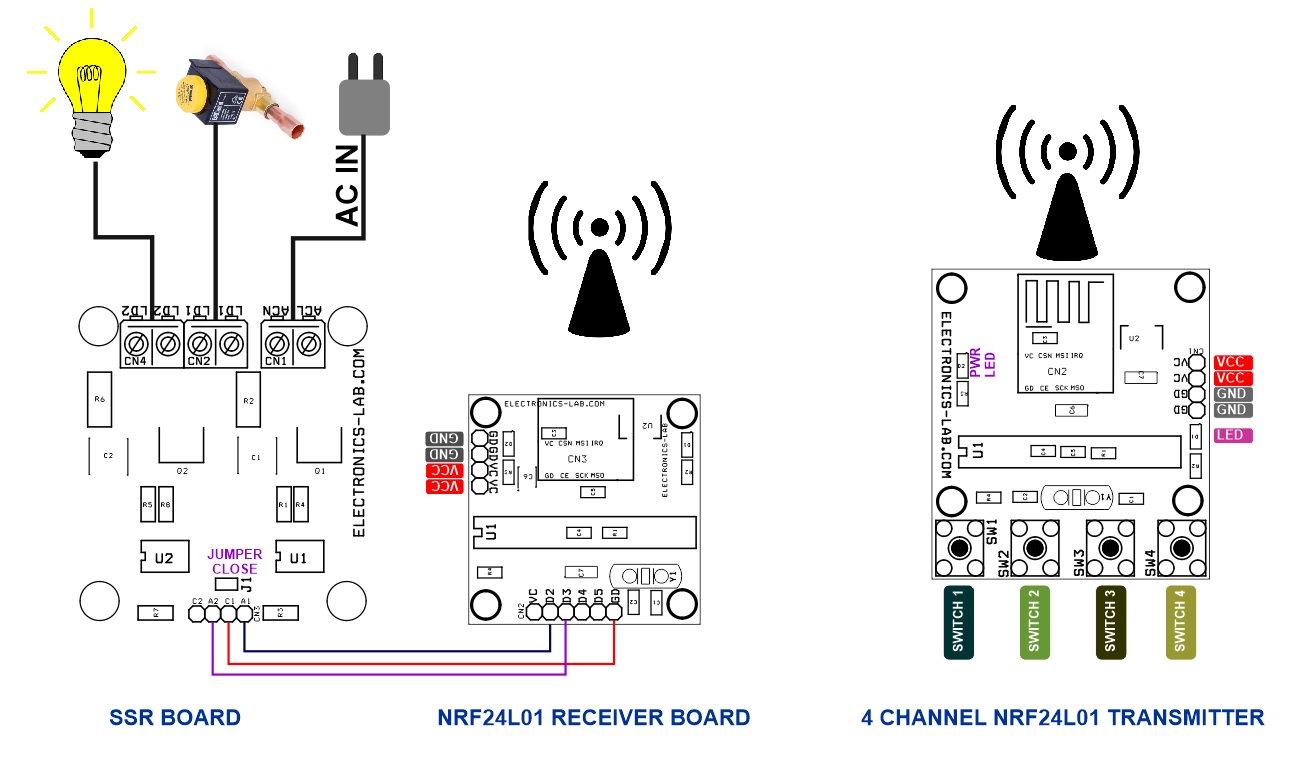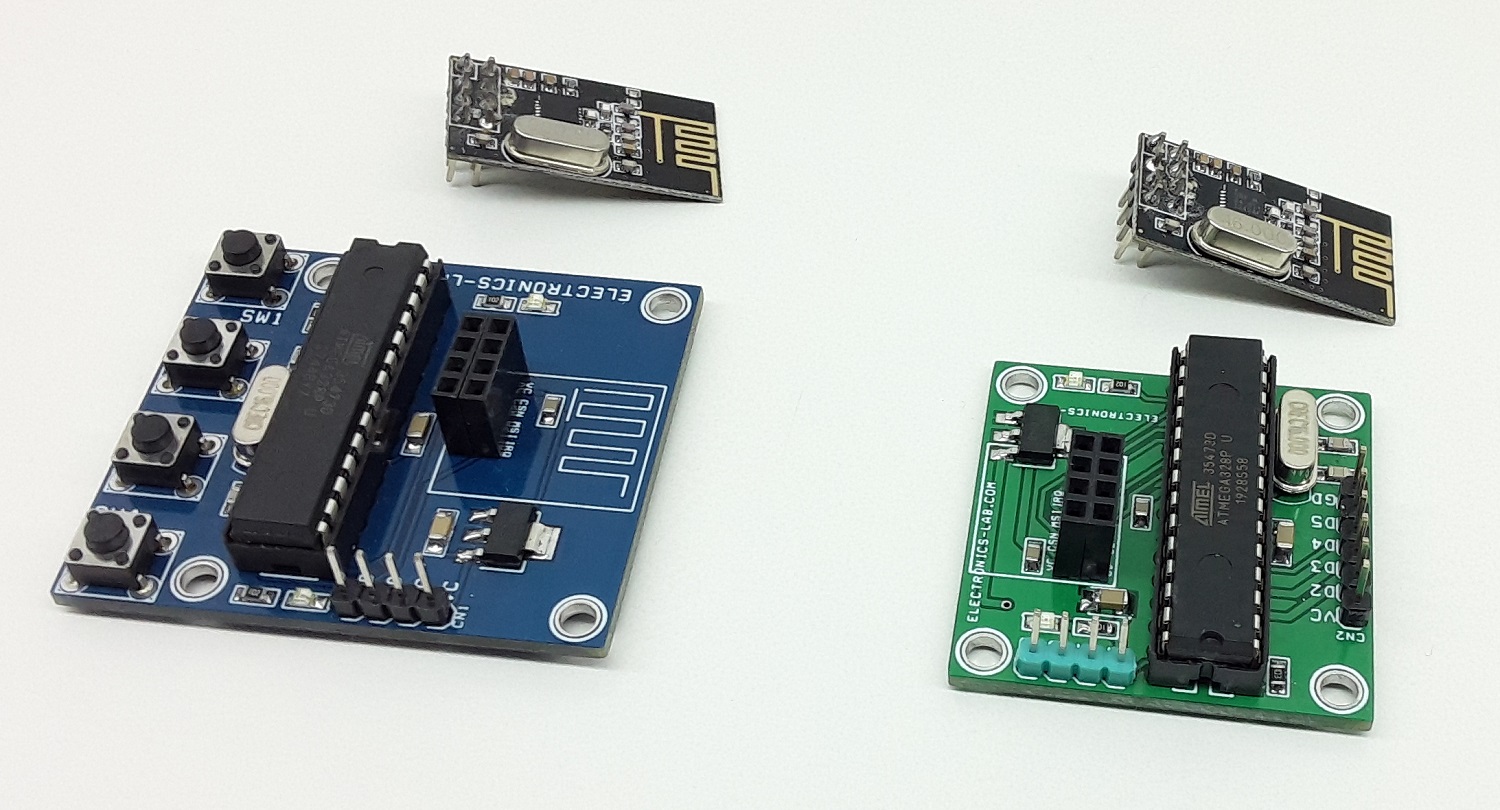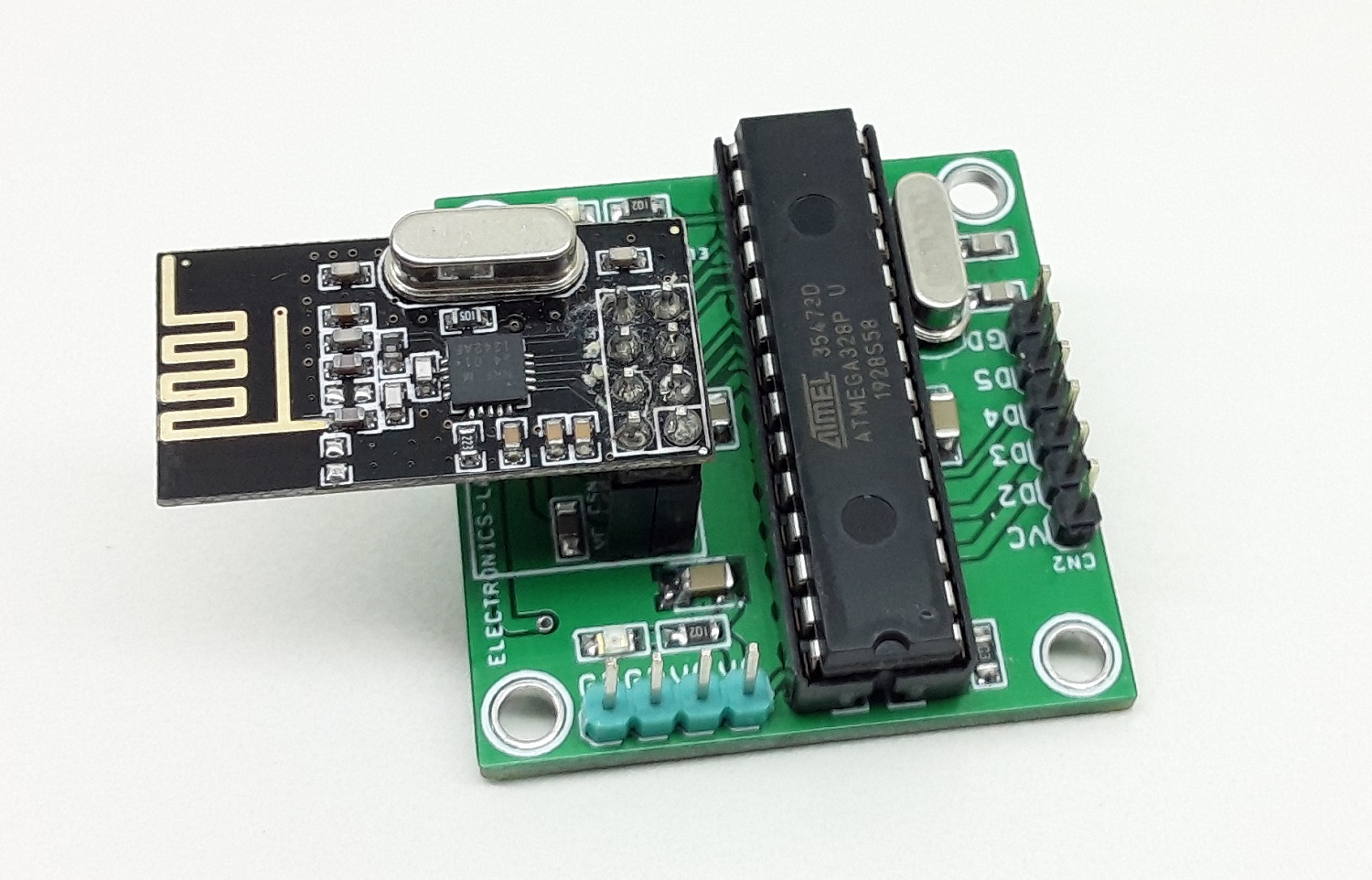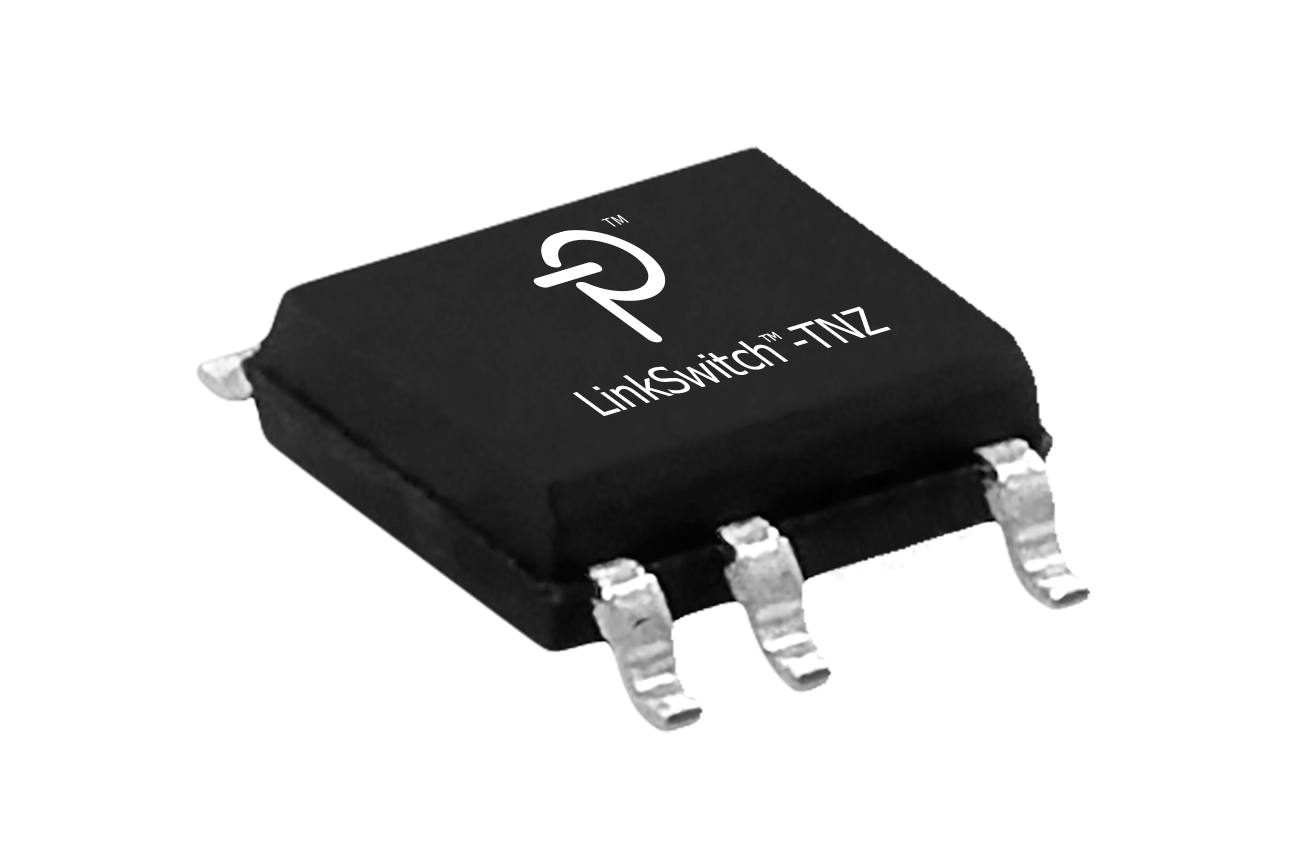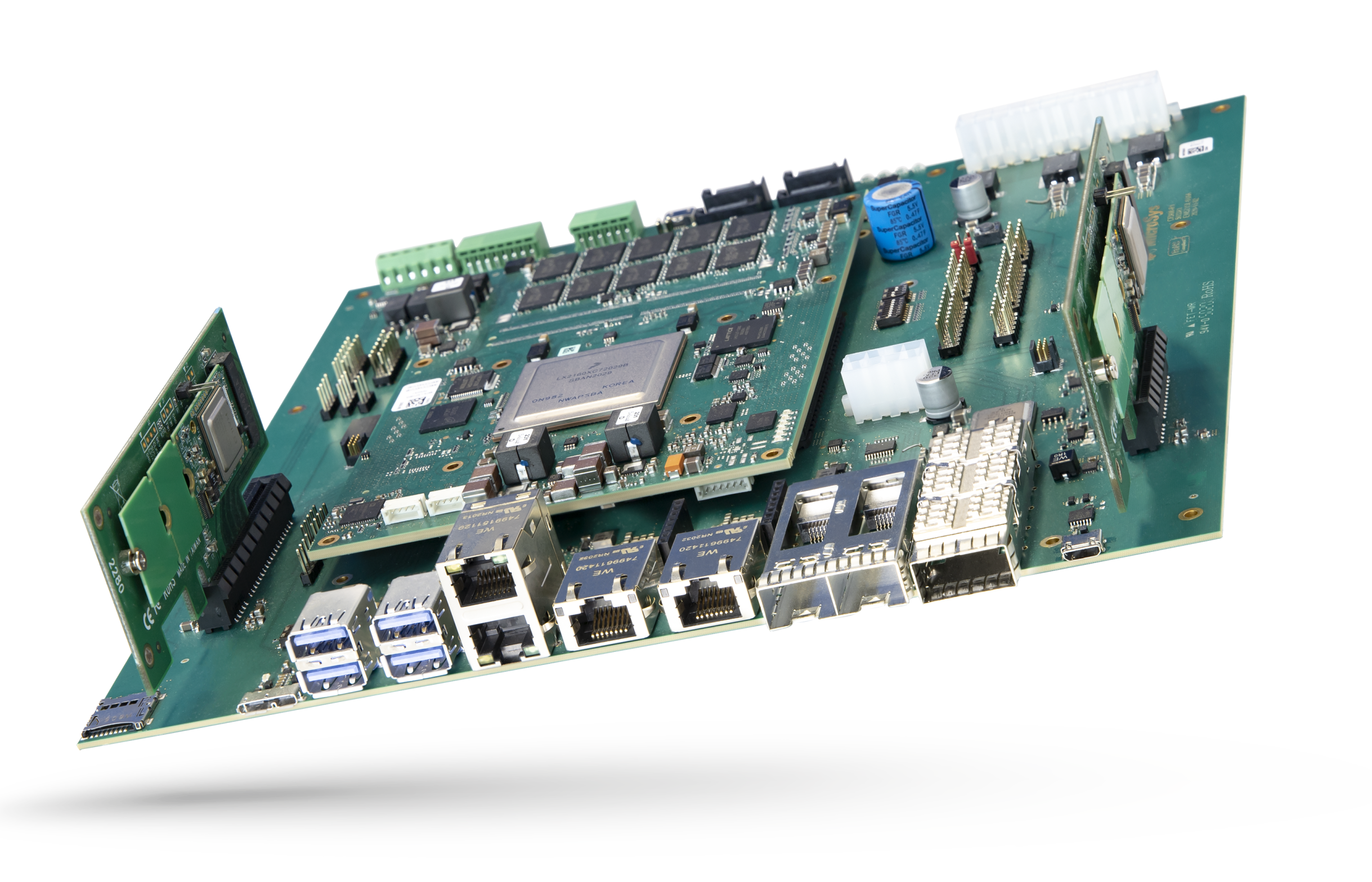
MicroSys Electronics, a world leader in embedded systems, has gone into partnership with Leading AI chipmaker, Hailo, to launch a scalable embedded platform for AI processing at the edge.
The company released a miriac® AIP-LX2160A dev kit with up to 5x integrated Hailo-8™ AI accelerator modules for processing performance up to 130 TOPS. They also released a miriac® MPX-LX2160A module which is used as a foundation for the kit.
The AIP-LX2160A kit is equipped with 2x 25GbE, 2x 10GbE, 2x 1GbE ports as well as 16x PCIe lanes (PCIe x8, PCIe x4, and PCIe x4, each with 2.5, 5 or 8Gbps support). The dev kit also has 4x SATA III, 1x microSD, 4x USB 3.0 host, a micro-USB 3.0 OTG port, 3x serial ports (UART/USB console, TTL, and RS485) JTAG, FlexSPI, 2x I2C, 6x-in/6x-out SPS, 4x LEDs, temperature sensors, fan controller, boot select, an RTC, a 12V input and ATX power supply with a 200W minimum, and 0 ~ 80°C operating range.
The MPX-LX2160A module, on the other hand, runs Linux on NXP’s 16-core, Cortex-A72 Layerscape LX2160A, which we have seen on high-end networking boards. The module also offers 2 Gbits Octal SPI flash, 8GB to 256GB eMMC, and up to 128GB of DDR4.
Hailo’s Hailo-8 M.2 AI acceleration module for AI applications offers industry-leading AI performance for edge devices. The combination of the Hailo-8™ AI acceleration module and the Arm® Cortex® NXP® Layerscape® platforms offers the benefit of integrating highly efficient AI in connected edge appliances. According to MicroSys, the embedded platform is the first ever to deploy up to 5x Hailo-8 cards on a single device and the aim is to help users get the most out of AI and neural networks.
“Hailo’s AI processor allows edge devices to run full-scale deep learning applications more efficiently, effectively, and sustainably while significantly lowering costs. In combination with our NXP processor-based platforms, our customers get one of the most powerful AI solutions that can be developed for edge applications,”
says Managing Director at MicroSys Electronics.
Features:
- 5x parallel Hailo-8 AI modules for massive processing performance up to 130 TOPS
- Full Hailo-8 performance combined with maximum power efficiency (FPS / W ratio)
- Up to 955 YOLOv5m / 6145 Resnet_v1_50 / 5200 Ssd_mobilenet_v1 object detection frames (416×416) per second performance
- Hailo AI ecosystem incl. AI toolchain and developer tools
- Deep learning pre-trained models for various computer vision tasks
Applications:
The high-performance application-ready AI platform is perfect for a wide range of applications in fields like Industry 4.0, automotive and heavy machinery. These include:
- predictive maintenance
- collaborative robotics,
- video surveillance servers in systems with distributed cameras
- communication servers for autonomous vehicles in logistics and agriculture
- heavy equipment for construction, as well as,
- edge servers in trains where multiple GigE Vision camera streams are analyzed with AI
There are no details on the price and availability of both the miriac AIP-LX2160A kit or miriac MPX-LX2160A module but further details may be found on the product page or the company’s announcement page.



